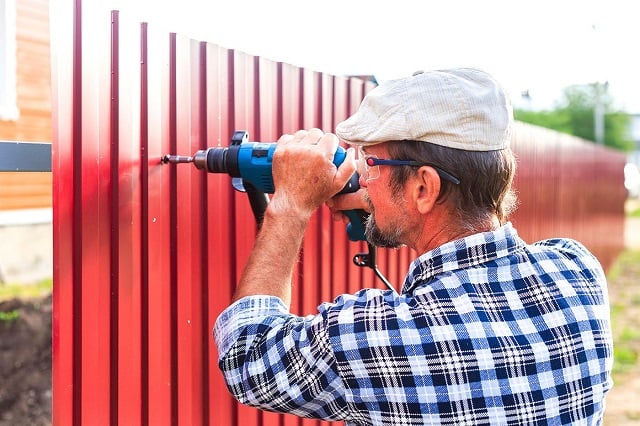
Fences and decks are visible parts of your home, and they affect the overall look of the HOA you live in. For this reason, HOAs often have very detailed rules about what you can and can’t do when building these external features.
If you’re thinking of adding a fence or deck to your home, the first step is to read your HOA’s Covenants, Conditions, and Restrictions (CC&Rs) and Architectural Control Guidelines. These documents spell out the rules you’ll need to follow closely when planning and building your fence or deck.
Sample HOA fence guidelines
To give you an idea of how narrow a margin you typically have when building a fence or deck in an HOA, here are some simple guidelines.
Your fence must:
– Be rectangular in design
– Be white vinyl material
– Be no more than 4 feet tall
– Be installed by a professional fence contractor
– Not have privacy slats, and have a minimum vertical spacing of 3.5 inches between slats
– Not extend beyond 30 feet from the rear of your house
– Be setback 20 feet from the side-yard property line if your home is on a corner lotHomeowners must sign a binding maintenance agreement to maintain the fence and surrounding landscaping and attach it to their application.
REMEMBER: The above are just detailed examples of the kind of guidelines you can expect to see. Every HOA has different regulations about fences and decks, so it’s important to read the CC&Rs and Architectural Control Guidelines for your specific HOA.
You probably received copies of these documents when you bought your home. If not, ask an HOA board member to provide them. If you purchased your home many years ago, request the latest version of these governing documents from the board, as some rules may have changed.
Get project approval first
Before anyone digs a post hole, submit the project proposal paperwork that your board requires. The HOA board might be in charge of approving deck and fence projects. Or your HOA might have a special Architectural Committee whose responsibility is to monitor and enforce HOA guidelines for exterior elements like decks and fences. They might review your proposal and approve it as is, or may require changes before they will approve it.
Avoid expensive missteps
Owners sometimes overlook or even intentionally disregard HOA CC&Rs or Architectural Guidelines. When you have your heart set on a specific fence style that your HOA doesn’t allow, you might feel tempted to go ahead and build it anyway. Or the approval process might seem like too much of a hassle, and you might like to skip it and start building. However, these can be costly mistakes because your HOA has the authority to force you to fix noncompliant decks and fences.
If you build a deck or fence that the HOA decides is a violation of guidelines, they might:
- Demand that you remove or fix the problematic deck or fence
- Charge you monthly fines until the deck or fence is in compliance
- Take legal action against you for violating the CC&Rs, and you may need to hire a lawyer to represent you
- If you’re attempting to sell your home while legal proceedings are underway, this can negatively impact the sale negotiations.
In short, avoid unnecessary headaches and expense by following the HOA rules carefully. It may seem like a lot of hoops to jump through, but it sure beats having to pay to redo a project, or shelling out for fines and legal fees.
Check your city’s guidelines
In addition to your HOA’s rules, your city may require permits for exterior work like decks or fences.
Many HOAs include the city requirements into their CC&Rs or Architectural Control Guidelines. If you don’t see city requirements in these documents, contact your city or check with your HOA board.
FAQs
Can I ask my HOA to change the CC&Rs or Architectural Control Guidelines?
If the design of the deck or fence you want to build would break your HOA’s rules, you may want to suggest updates to the CC&Rs or Architectural Control Guidelines. These are meant to be flexible documents and may be revised by the HOA board every two to three years. It doesn’t hurt to ask for changes to the governing documents, but be aware that boards are usually very conservative in their updates. They have to be careful not to make changes that would cause existing structures to become outdated, or create architectural inconsistencies that could hurt property values.
Our neighbor has a grandfathered-in deck that doesn’t comply with current HOA guidelines. Will my HOA board let me build a deck based on this older design?
Perhaps former board members didn’t strongly enforce the rules on your neighbor’s deck. Maybe the rules about decks have changed since that deck was built. Whatever the case, the current board isn’t obligated to approve your design simply because there’s another deck in the neighbor like it. You can certainly ask, but be prepared to hear that you need to comply with the current Architectural Control Guidelines.

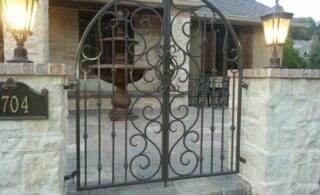 Stylish Security: Wrought Iron Gates
Stylish Security: Wrought Iron Gates 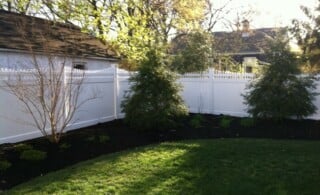 Good Fences Make Good Neighbors? Maybe
Good Fences Make Good Neighbors? Maybe 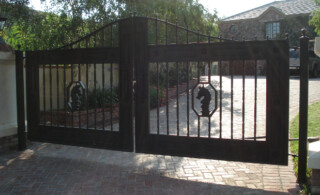 Material Issue: Wood and Metal Gates
Material Issue: Wood and Metal Gates  24 Famous Walls & Fences from Fiction
24 Famous Walls & Fences from Fiction 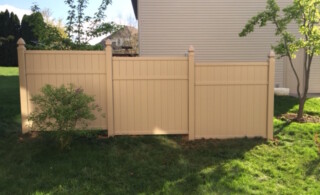 Fence Installation Checklist
Fence Installation Checklist 

Are You Familiar With This Topic? Share Your Experience.